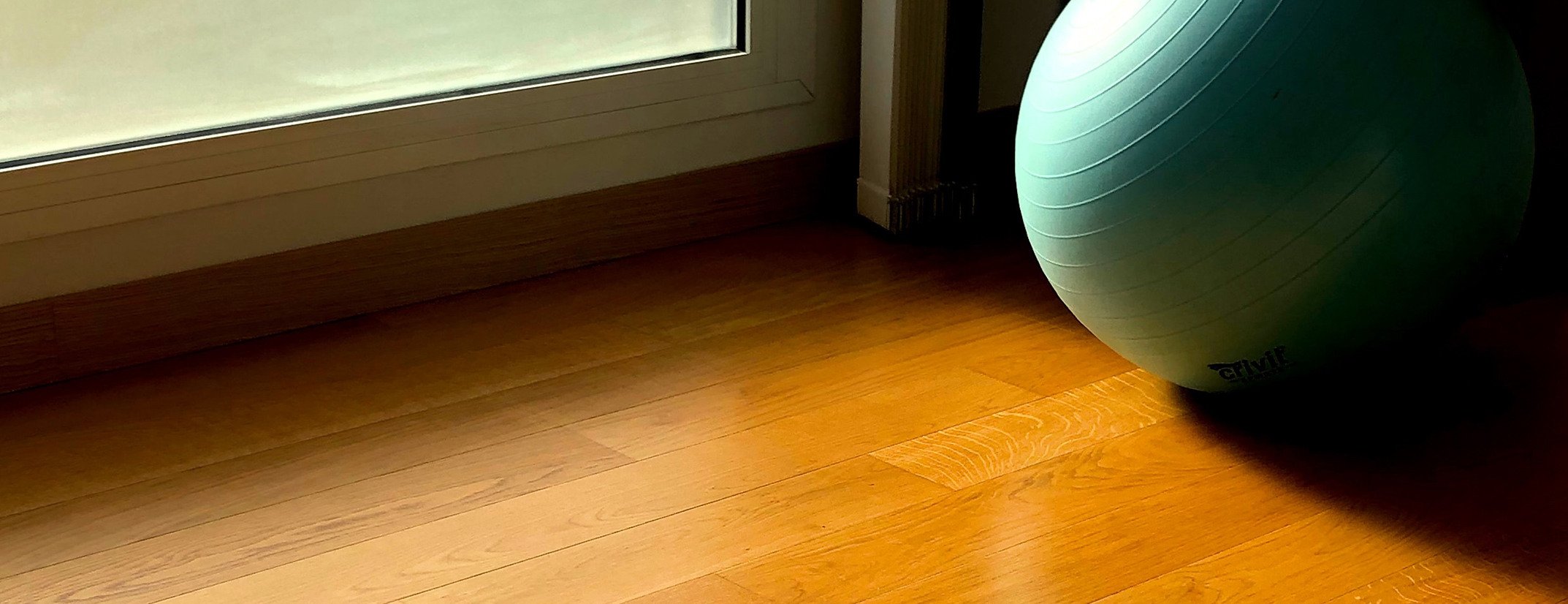In New England, baseboard heaters, radiators, and forced air systems are the norm when it comes to heating your home. However, radiant heated floors, which have been around for a while and became very popular in the 70s in Europe, are becoming more and more popular in this region. If you don’t know what they are or how they work, you aren’t alone.
How they work. Radiant Heat works by installing either electric or more commonly, water-heated tubing under your home’s hard surface flooring. The systems depend largely on radiant heat transfer — the delivery of heat directly from the hot surface to the people and objects in the room via infrared radiation. The heat from the tubing warms the floors which in turn warms everything that touches it as well as radiating throughout the room from the ground up. It provides a more consistent and constant temperature in the space vs. a forced air system where heat rises, cool, and falls to the floor or a baseboard or radiator heater which emits heat outwards from the unit.
When it comes to installing Radiant Heated Floors they are usually put in during the initial building of the home or if you are doing a major renovation project because you’ll need access to the subfloor of the home – it can be a lot of work and money to tear up existing flooring. If you have an established home already, you could look into installing a Radiant Heated Floors in just one or two rooms (kitchen or bathroom) vs. the whole home.
If you are considering putting Radiant Heated Floors in your home, you’ll find that the upfront cost is significantly more than your traditional furnace or boiler, but Radiant Heat is much more efficient – up to 40% – and the system itself can last much longer. Your standard furnace, depending on how well you maintain it, can last between 10 and 25 years, while a radiant boiler typically lasts up to 40 years. You can choose which heating fuel works best for your home – oil or gas.
Each area of Radiant Heated Floors will have its own set of pipes that are linked to the boiler that will circulate the water through the tubes in your flooring. You may have 1 zone that covers a large area of your home, or you may have several depending on the layout of your home. Ceramic tile is the most common and effective flooring for radiant floor heating, because it conducts heat well and adds thermal storage. Vinyl, linoleum, carpeting, or wood can also be used, but any covering that insulates the floor from the room will decrease the efficiency of the system.
Many people choose to use a baseboard heater in rooms with carpet due to the heat not transferring well, however if you want to use radiant flooring, you’ll want a thin carpet with dense padding. If you have a space that has multiple flooring types, you will most likely have separate tubing loops for each type. This is because the water flowing under the floors will need to be hotter to compensate for certain flooring types like carpet. Wood flooring should be laminated wood flooring instead of solid wood to reduce the possibility of the wood shrinking and cracking from the drying effects of the heat.
Aside from the long-term cost benefits, RFH heating is silent heat, with no loud air ducts or furnaces to deal with. It’s also better for people with allergies — eliminating blown air can reduce dust mites by up to 80 percent. Maintenance for a hydronic system is minimal — the boiler needs an annual check-up, but most modern pumps use water to lubricate the parts and are low-maintenance.
At Baribault Fuel, we service a variety of boilers and furnaces and we’d love to help you with your heating fuel and service needs.

